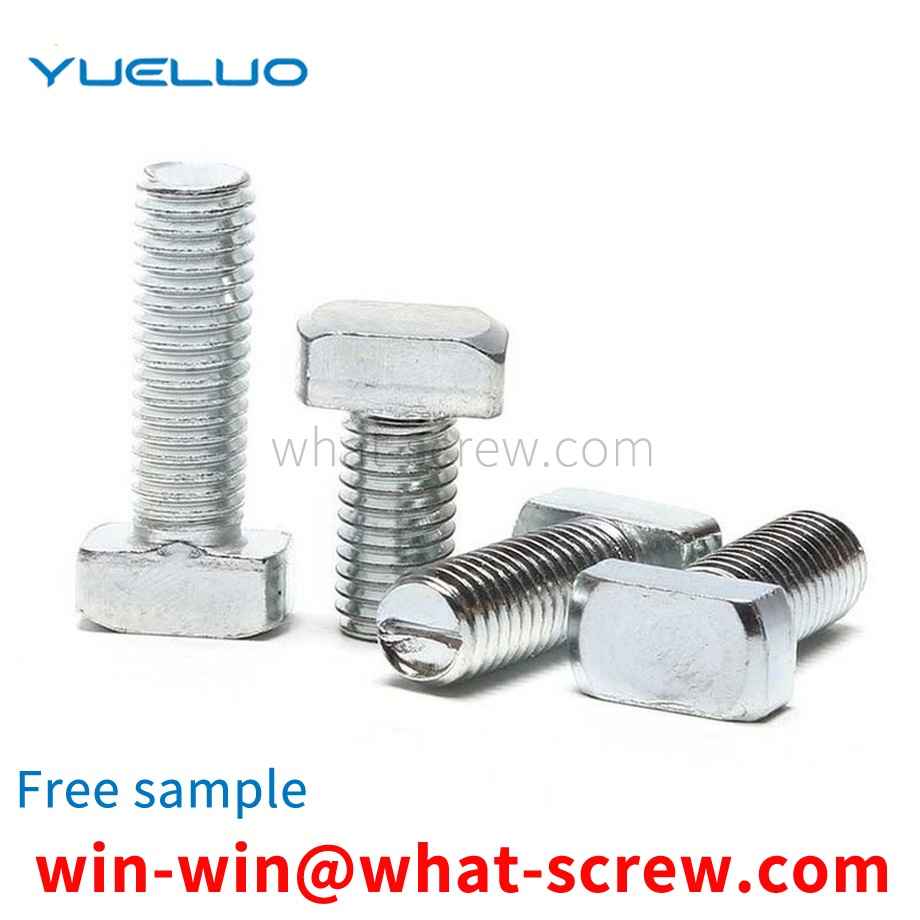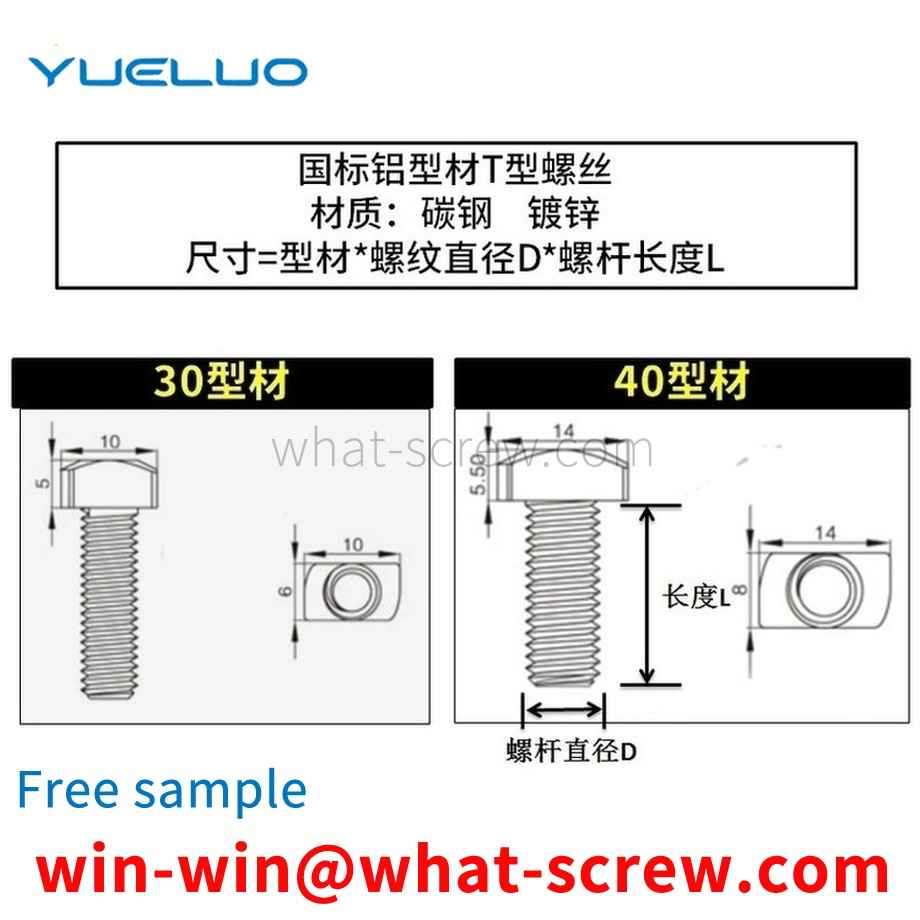Countersunk rivet is a kind of part that uses its own deformation or interference connection to connect and position two objects in riveting. It is widely used in automobiles, vehicles, electromechanical products, aerospace products and other fields. When the countersunk head rivet is used, the head of the rivet sinks into the connected parts in whole or in part. This structure is mostly used for parts that require a smooth and smooth appearance. The standard structure of countersunk head rivets is specified in the national aviation standard, national standard and national standard, and the countersunk head rivets involved in these standards are all standard rotary structures.
In view of the deficiencies in the prior art, the purpose of Guangdong Yueluo Hardware Industry Co., Ltd. is to provide a detachable rivet to solve the problems raised in the above-mentioned background technology. Guangdong Yueluo Hardware Industry Co., Ltd. is easy to use, easy to operate, and has good stability. , high reliability.
At present, with the continuous improvement of microwave plasma chemical vapor deposition technology, researchers hope to obtain more excellent products by increasing the microwave power. During the use of the three screws, it is necessary to continuously adjust the length of the pins extending into the rectangular waveguide to make the reflected power of the system reach the minimum value and improve the stability of the system. Since the length of the three screws extending into the waveguide needs to be continuously adjusted with the change of the input power, and the adjustment state of the three screws cannot be recorded after the adjustment is completed, repeated adjustment is still required in the subsequent work, resulting in a time-consuming adjustment process. long and low work efficiency. Especially under high power conditions, the traditional three-screw dispenser has a high risk of microwave leakage. When manually adjusting, the human body is exposed to microwaves for a long time, which has certain potential safety hazards.
According to the force of the connection, it is divided into ordinary and hinged holes. According to the shape of the head: there are hexagonal head, round head, square head, countersunk head and so on. Among them, the hexagonal head is the most commonly used. Generally, countersunk heads are used where connections are required. The English name of the riding bolt is U-bolt. It is a non-standard part. The shape is U-shaped, so it is also called a U-bolt. There are threads on both ends that can be combined with nuts. It is mainly used to fix tubular objects such as water pipes or sheets such as automobile plates. Springs are called riding bolts because of the way they fix things like a person rides a horse. According to the length of the thread, it is divided into two categories: full thread and non-full thread. According to the thread type, it is divided into two types: coarse thread and fine thread. The coarse thread type is not displayed in the bolt mark. The bolts are divided into eight grades: 3.6, 4.8, 5.6, 6.8, 8.8, 9.8, 10.9, and 12.9 according to their performance grades. Among them, the bolts above grade 8.8 (including grade 8.8) are made of low-carbon alloy steel or medium-carbon steel and are heat-treated (quenched). + Tempering), commonly known as high-strength bolts, and below grade 8.8 (excluding 8.8) are commonly known as ordinary bolts. Ordinary bolts can be divided into three grades: A, B, and C according to the production accuracy. Grades A and B are refined bolts, and grade C is rough bolts. For connecting bolts for steel structures, unless otherwise specified, they are generally ordinary rough grade C bolts. There are differences in the processing methods of different grades. Usually the corresponding processing methods are as follows: ① The bolts of grade A and B bolts are processed by lathes, with smooth surfaces and accurate dimensions. High, rarely used; ②C-grade bolts are made of unmachined round steel, the size is not accurate enough, and its material property grade is 4.6 or 4.8. The deformation is large during shear connection, but the installation is convenient and the production cost is low. It is mostly used for tensile connection or temporary fixation during installation.
At present, the commonly used locking structure is a split pin (hereinafter referred to as a cotter pin type adjustment nut) or knocking the sheet on the adjustment nut into the steering knuckle groove (hereinafter referred to as a sheet type adjustment nut), these two structures are mainly used in single row Bearings are barely used in bearing units and hub bearing units. The former has a complicated structure and the cotter pin is easy to fall off; the latter requires workers to control the press-in force. Too much pressure can easily lead to the cracking of the sheet structure on the adjusting nut, and too little pressure can easily make the adjusting nut failure, and is impacted in the axial direction.
We have many years of experience in the production and sales of screws, nuts, flat washers, etc. The main products are: inner C-shaped spring steel washers, round nuts, cylindrical elongated top posts, rubber head adjustment screw nuts and other products, we can help you Provide the right fastener solution for you.



















 Service Hotline
Service Hotline




